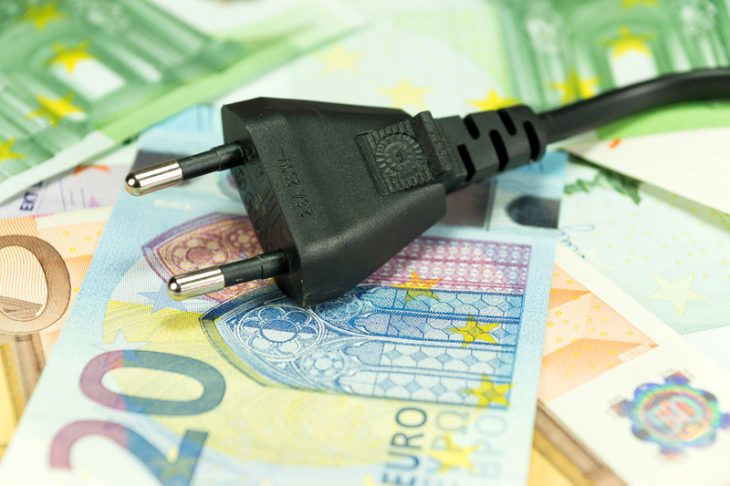Energy demand will increase in Romania by 10% by 2030 and the same will happen, for the most part, throughout the region as prices return to normal, said Georgios Stassis, CEO of Public Power Corporation (PPC), a company that acquired Enel’s assets in Romania.
“The energy sector is a growing one. In Romania, according to our calculations, until 2030, we see a 10% increase in demand. The same thing will happen broadly throughout the region. We are coming out of a major energy crisis, which led to a drop in demand. The price of energy went up, which led to a drop in demand. But once energy prices return to normal, demand will start to rise again. On the other hand, we have energy efficiency and new technologies in this area, but also the electrification coming from other sectors. Let’s take the example of cars. The creation of the electric vehicle sector is bringing more and more demand into the system. So there are different forces in the market. One is the decrease in consumption, which I think, returning to normal, will stop. The second is energy efficiency. And the third is electrification from other sectors, which will lead to higher demand. Overall, according to our calculations, consumption will start to increase and there will be room for significant growth,” said Stassis, according to Agerpres.
He emphasized that the company’s entry into Romania represents a very important positioning for PPC, due to its regional character, which is inevitable, considering the way European markets will evolve.
“Starting in 2019, PPC is in a major transformation process. We are focusing on the energy transition, which involves a whole ecosystem and means solar panels on the roof, batteries, electric cars – all elements working together. PPC’s business plan is entirely dedicated to this transformation. We are decarbonizing, giving up lignite and replacing it with a multitude of renewable sources. The energy markets of Romania and Greece are coupled, they close simultaneously every day. There are days when we import and days when we export both in Romania and in Greece. The single European market means that you have to get a regional dimension to develop and become competitive. So it is a strategic choice for PPC to become a regional player. Entering Romania is a very important for us, due to the regional character, which is inevitable, considering the way the European markets will evolve,” explained Georgios Stassis.
He added that critical mass and size are important to survive in the future and that, in his opinion, there are not many major players in Southeast Europe, and the arrival of PPC in Romania, the company also being present in other states in the region, creates synergies in terms of energy trading through interconnection.
“We have talked many times about the Greece-Bulgaria-Romania energy corridor and we intend to use it to its maximum potential. This will be a win for both countries, because both Greece and Romania will have advantages in creating synergies. for example, on a day when the wind is stronger here than in Greece, where the solar energy is stronger. This complementarity between the two countries can create trading opportunities that will bring added value to both Greece and Romania. That is what we have in mind. This is our strategic vision, that is why we want to invest significantly in Romania. In conclusion, we are working to increase the competitiveness of both Greece and Romania, but also of the region in general compared to the rest of Europe. This is the strategic position we have in mind,” Stassis pointed out.
Asked if he thinks PPC can produce energy at lower prices, he replied that this is the effort of the entire sector.
“We are all focused on the energy transition, because it is not only green, but also cheaper. This was one of the lessons of the energy crisis. If we had many more sources of renewable energy, we would also have greater energy security , but also lower costs. Each new MW of wind and solar energy is much cheaper than any thermal MW. On the other hand, we also need thermal energy, but its role is changing; it is only moving towards flexibility , covering the balancing costs. Thus, renewables will become the basic energy resource. I know it sounds like an oxymoron, but we will mainly turn to renewable energy, while the disadvantages of renewables will be covered by thermal energy. Of course, the biggest part will be represented by gas, but new technologies will also appear, such as batteries and hydrogen,” stated the CEO of PPC.
